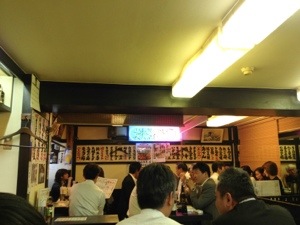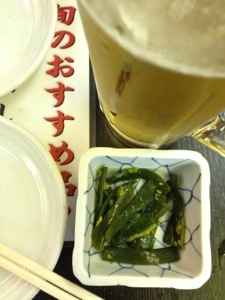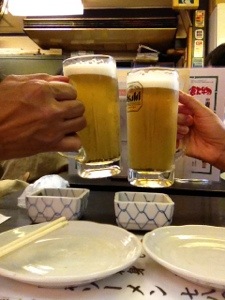The Tokyo Metropolitan Central Wholesale Market (東京都中央卸売市場 Tōkyō-to Chūō Oroshiuri Shijō?), commonly known as theTsukiji Market (築地市場 Tsukiji shijō?), is the biggest wholesale fish and seafood market in the world and also one of the largest wholesale food markets of any kind. The market is located in Tsukiji in central Tokyo, and is a major attraction for foreign visitors. – Wikipedia
Right before the Japan trip, I read somewhere that the decades-old iconic Tsukiji Fish Market (since 1935) was going to be relocated prior to the 2020 Olympics. This was our only chance to visit a soon to be historical site. A must-not-miss. Of course, part of the pull was to eat fresh sushi and sashimi in Japan. Reports of radiation contamination due to a nuclear plant leak did not deter me at all. That’s just me.
The seafood auction begins at the wee hours of the morning and usually finishes at 7:00am. So by the time tourists like us arrive, we will only see the packing and shipping post-auction.
A visit to Tsukiji Market is best combined with a fresh sushi breakfast or lunch at one of the local restaurants. There are restaurants both in the inner and outer market area, which are typically open from 5:00 in the morning to around noon or early afternoon. – Wikipedia








